Spring Maple Syrup Small Batch Production
North Bay Tappers, my wife Jeanie Berns Hembel started this several years ago with the help on my Father-in-law Emery Berns, Brother-in-law Keven Berns, Daughter Kasey Hembel Hock, and son Joshua Hembel, in this small batch production. This all takes place at Emery’s boyhood homestead in North bay, or Baileys Harbor, Wisconsin.They start from scratch tap all the trees, collect the sap, boil it down over a wood fire until they have it almost to pure sap, then transfer it over to a pot and propane fire so can control it better and keep checking the hydrometer until it is completed, sterilize the jars, pour in the syrup, seal the lids and wait till they pop! Jars that don’t pop or seal are the first to be used. This is a yearly family get together for my wife and her family, and everyone has pure God made maple syrup for the year, no additives no preservatives. Words from my wife: “My favorite resource website for the hobbyist maple syrup production is “Tap My Trees”. The North Bay Tappers consist of four generations of family members that revived the tradition of making maple syrup at the farm that has been in the family since 1907. The taps my great grandparents used were still in the barn, and we still use many of those today. Being so close to cold Lake Michigan and a notoriously slow end to winter, our process doesn’t start until mid March. Our mission is really to gather together, work and play outdoors while simultaneously making syrup. Forty gallons of sap equals one gallon of syrup, and that is our ideal batch size to work with. Ten gallons of sap is the smallest batch we will do. We choose to repurpose things we find on the farm, partly because of sentimentality, but also because it challenges our ingenuity. We cook the sap over an open fire in three 6” deep full size steam table pans. They are supported on a framework fabricated out of scrap metal. We shield the sides with a variety of found metal sheets to direct heat to the pans. We filter through an Orlon filter before finishing the syrup on a propane stove. We filter again right before pouring into sterilized jars. It is worth the investment to buy a hydrometer and test cup. We use milk jugs or buckets to collect sap. Using hoses attached to taps causes a problem if the temperature drops too low at night followed by a cloudy day. Sap in the line freezes and it doesn’t thaw during the day. Sap can be stored for up to seven days at 38 degrees or less. We put the stored sap in sealed containers in the snow, in the shade. We use food grade five gallon buckets, but have also used coolers. The buckets transport easier. This year we repurposed a milk sled from the farm to create a sledge to pull the sap out of the woods over the snow. As it warms up and our trails dry up, we use a golf cart. We cut and process wood there, so we have a large supply of dry seasoned wood available for sap cooking. Making syrup happens before the farmhouse is opened up for the year, so we finish the syrup in the unheated barn and haul all water to the site. As you can tell, our operation is labor intensive requiring the cooperation of several family members. My brother who lives on adjoining property is the key to making this happen. He is the engineer and builder, making the ideas a reality. My dad maintains the property with meticulous unending energy. He dedicates the whole day to the boil down, from the first flame to the final pan washing. The rest of the family joins in to cut the wood, taps the trees, collect the sap, and feed the fire and the crew.”
Below are the addresses my YouTube channel which I no longer have access to, my Instagram page, HRI Services welding Facebook page, and my Facebook page Outdoor Pursuits.
https://www.doorcounty.com/
https://www.usa.canon.com/
https://www.youtube.com/@HRIservicesllcSturgeonBay
https://www.instagram.com/hri_services/
https://www.facebook.com/HRIServicesllc/
https://www.facebook.com/groups/218766029078898
-
 0:41
0:41
HomesteadCorner
1 year ago $0.01 earnedMaking Maple syrup on the Homestead
66 -
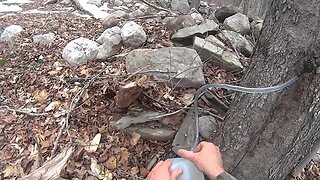 21:39
21:39
TheDoItYourselfWorld
9 years agoHarvesting And Boiling Maple Sap Making Maple Syrup PT I
47 -
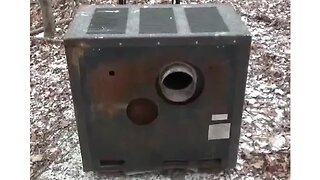 14:36
14:36
TheDoItYourselfWorld
8 years agoPreparing For Maple Syrup Harvest & Its Snowing
18 -
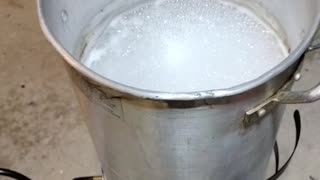 0:20
0:20
TracyKub Channel
9 months agoMaking Maple Syrup
1 -
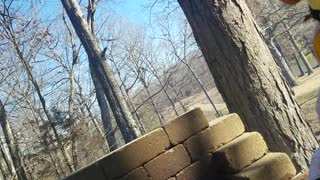 1:16
1:16
MarGar4ever
3 years agoCooking Homemade Maple Syrup
401 -
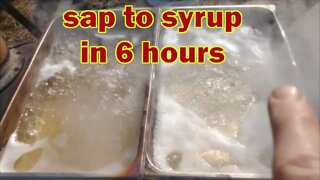 27:37
27:37
Mainely Hybrid Homesteading
2 years ago15 gallons sap to syrup in 6 hours. 2nd boil of the year. Another small boil before snowstorm.
36 -
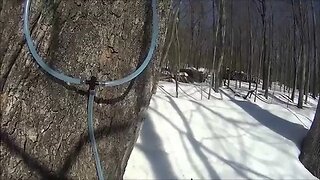 25:27
25:27
TheDoItYourselfWorld
9 years agoTapping Maple Trees For Homemade Organic Maple Syrup
40 -
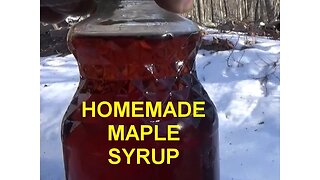 9:20
9:20
The Do It Yourself World
7 years agoProcessing Maple Syrup & Machine Work In The Off Grid Shop
24 -
 10:48
10:48
The Mindful Homestead
4 years agoNH Homestead Maple Syrup Part 4: Finishing Sap
7 -
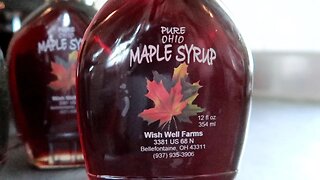 18:12
18:12
Wishwell Farms Produce
5 years ago $0.01 earnedMaple Syrup | How Its Made | Sap into Syrup! | Wishwell Farms vlog 8
37